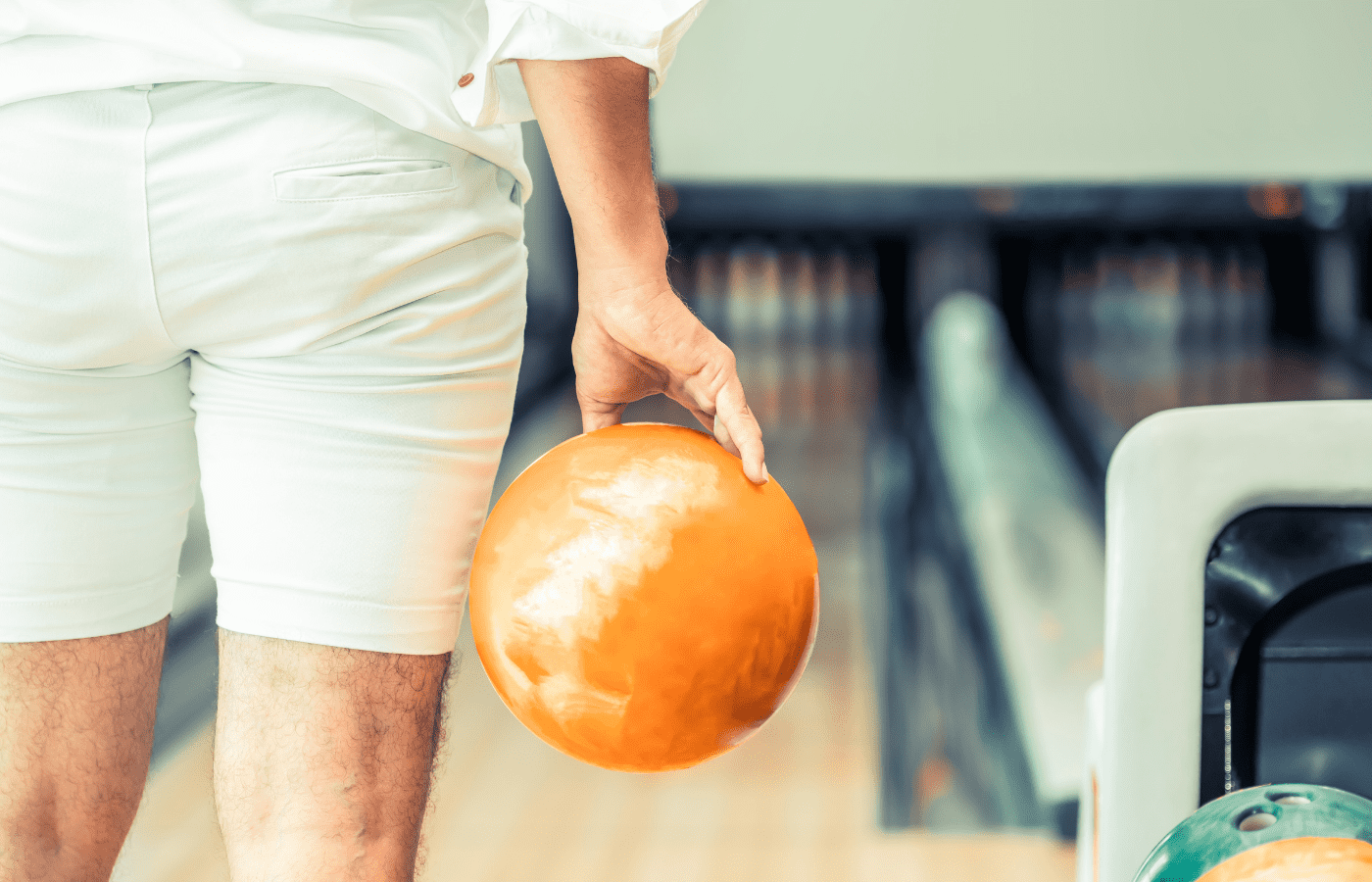You can bowl with a torn acl, but it is definitely not recommended. It might be risky or cause more damage to your torn ACL, especially if you are bowling without some type of knee brace.
Many bowlers don’t realize that when bowling, if you’re using correct form, you are putting about seven times your body weight in pressure on your knees! This is a lot of impact for any healthy knee, let alone a knee with a torn ACL. This is why it’s important to be very cautious while bowling with a torn ACL.
There are many ways that you can protect yourself from further injuring your knee and also prevent future injuries. Keep reading to find out how to bowl with an ACL injury and get some suggestions for what to do if the pain is too much to handle.
Can an ACL Tear Be Made Worse by Bowling?
An ACL tear can be made worse by bowling–it all depends on how bad the initial tear was and how long it has been since the injury. If you’ve been functioning on a torn ACL for 15 years, you may find ways to work around your injury and continue doing what you love.
If your tear is fresh and still in the process of healing, you may want to wait to bowl and allow more healing before joining your local bowling league.
Bowling requires full body motion and integration–it’s not just your arms doing the work! Any experienced bowler knows that the activity requires a specific form, including the position of the feet, the weight distribution on the knees and quads, the wrist motion, and where your shoulders are facing.
Can You Tear Your ACL Bowling?
While tearing an ACL is most common in football, basketball, soccer, and other direct contact sports, it can happen in any number of ways. Any sudden pivoting or twisting maneuver during an activity can cause an ACL tear, so, yes! You can tear your ACL while bowling.
Much of bowling is a practice in pivoting weight and requires a lot of good form. If you hyperextend your leg, twist your knee, suddenly change directions, or stop suddenly, you may tear your ACL. Imagine planting your foot firmly on the ground but your knee joint keeps on moving. This causes an overstretched ligament and may cause the ACL to rupture.
What Does a Torn ACL Feel Like?
According to sports-health.com, there are many symptoms you may experience when you tear your ACL. The most common experience when one tears their ACL is a loud pop or popping sound and sensation in the knee.
You’ll likely feel immediate pain and aching, and your knee will swell up rapidly. Usually, an ACL tear causes instability in the knee and you may not be able to support your weight on that one knee.
You’ll experience a restricted range of motion and may not be able to straighten your knee. Your knee may feel warm to the touch due to internal bleeding in the knee joint.
Your knee and the area around the knee may be painful and sensitive to the touch. You may notice bruising around the site of the ACL tear, and some people experience numbness down the leg below the injury.
While most people will experience intense pain when they tear their ACL, there are the lucky few who don’t feel as much pain and can even continue to walk on their injured knee.
While this might be nice at the moment, it’s important to remember that pain is your body telling you that something is not right! Be sure to listen to your pain and let it be your guide to recovery.
How Do I Bowl With an ACL Injury?
If you’re unable to escape your love of bowling, even with an injury, there are many things you can do to continue the sport and avoid further injury and pain. The most important thing to do when bowling with an ACL injury is have good shoes.
Bowling shoes MUST be able to slide properly on the bowling alley. If there is no sliding capability, you are at risk of stopping suddenly and twisting or hyperextending your knee. You can even buy bowling shoes that have an interchangeable sole so that you don’t have to buy a new pair of shoes every time the sole wears out.
It’s recommended that you take a pain reliever like Motrin or Ibuprofen 1-2 hours before bowling. This will help keep the pain at bay and reduce swelling after your game. Use a knee brace while bowling! Get one that has hinges–this will support your weight and provide compression to keep swelling down.
We recommend using a hinged knee brace like this one from Amazon. It offers great knee support and has removable hinges.
Exercise regularly to strengthen your quads and other muscles around your ACL. This will make you less likely to injure your knee further. You may also want to try physical therapy to improve strength and motion in the injured area.
A less popular suggestion but a possible solution–switch hands while bowling. This may feel like starting from scratch, but it may save your knee in the end!
Final Thoughts
Ultimately, without getting treated properly, your torn ACL is sort of a ticking time bomb. It’s only a matter of time before it gets worse if you’re not seeking professional help and opinion. The very least you should do if bowling with a torn ACL is using a hinged brace. You may be able to get a quality brace covered through your insurance, depending on your coverage options.
It’s not the best idea to bowl on a torn ACL, but as was mentioned above–let your pain be your guide. Too much impact can make the situation worse, and if you haven’t needed surgery up until then, you might need it after bowling regularly!
You only have two knees, so treat them well! But also, we only have one life to live, so spend it doing the things that you love. If bowling is one of those things, there are ways to keep doing it while trying not to make an injury worse.


